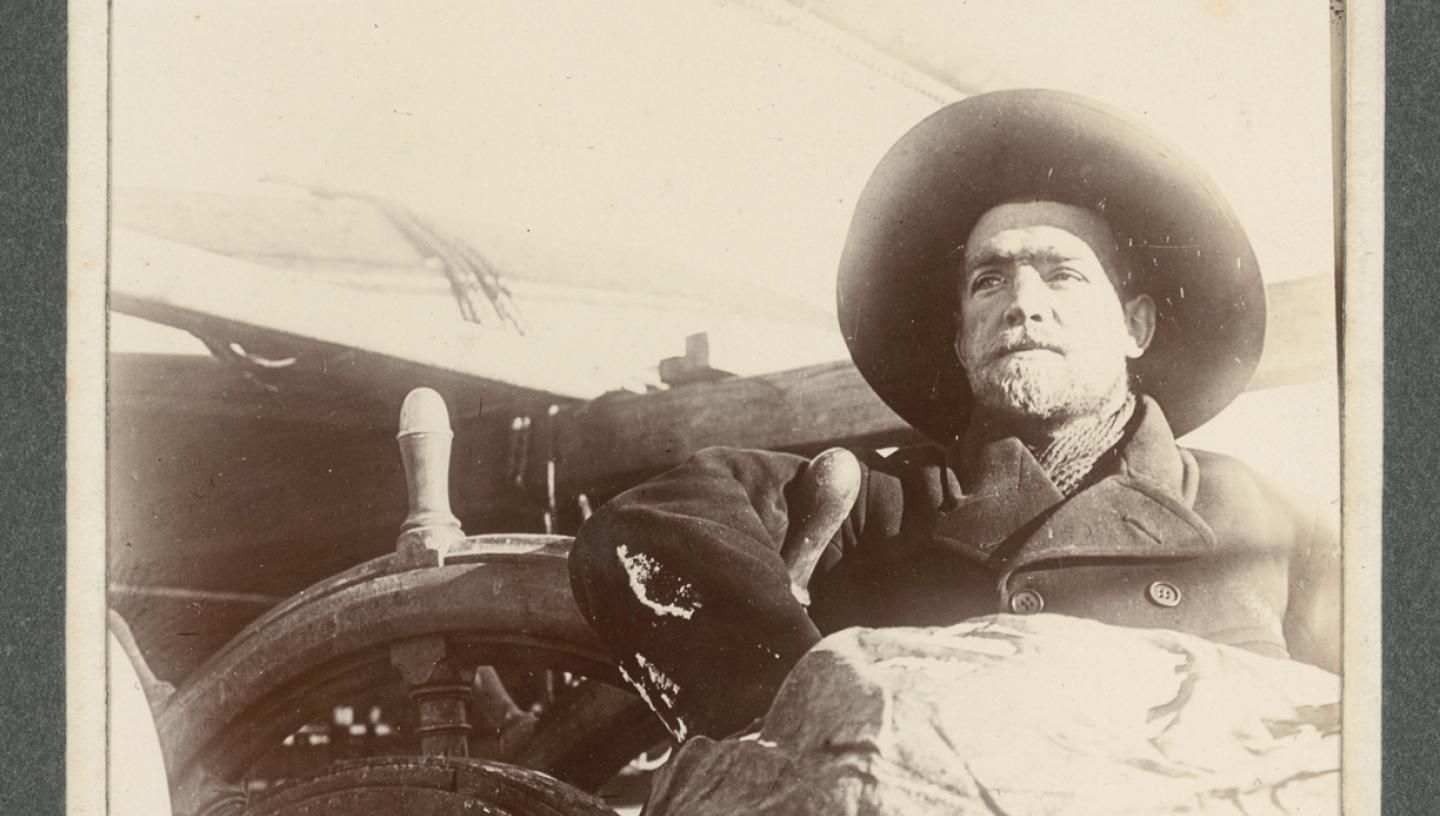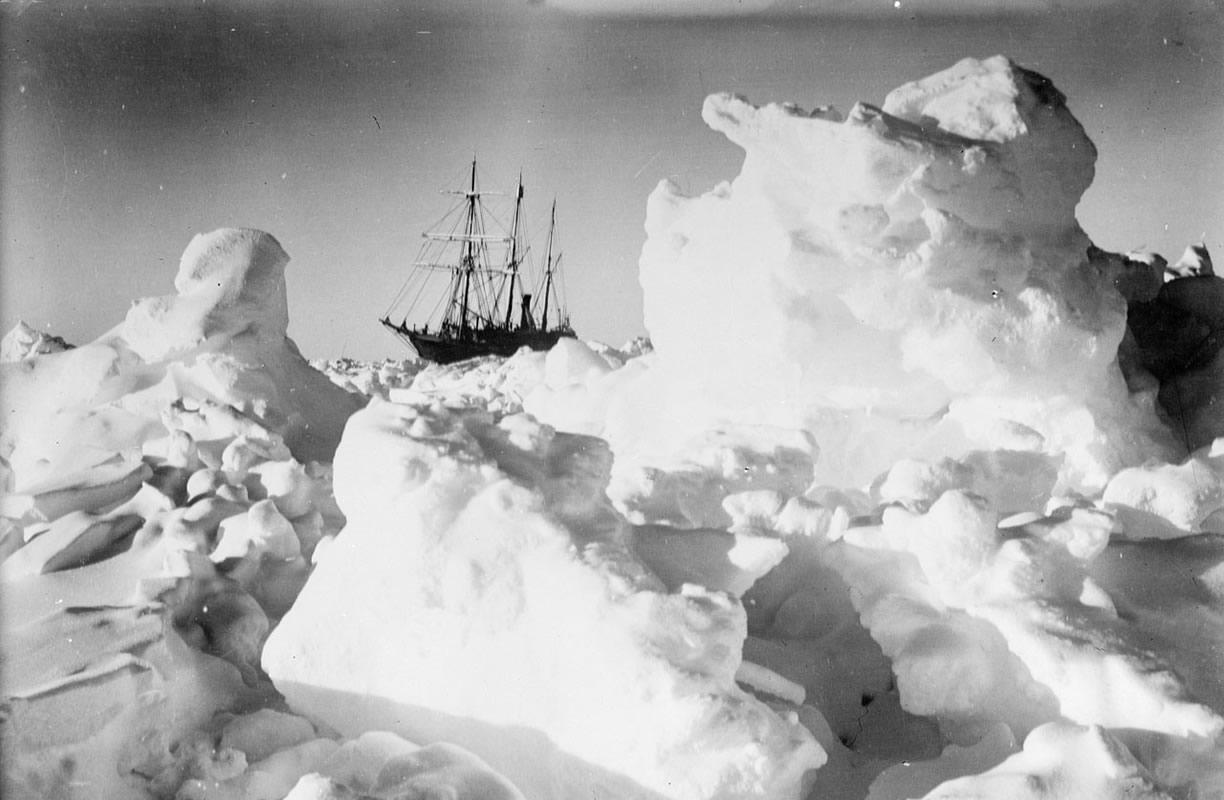
Sir Ernest Shackleton was an Anglo-Irish Antarctic explorer, who made three expeditions to the continent, most famously in 1914 on the Endurance.
Who was Ernest Shackleton?
He was born in southern Ireland, but grew up in London. He joined the merchant navy when he was 16 and worked on many different ships. Shackleton was a romantic adventurer, who became interested in exploration and joined the Royal Geographical Society while still at sea. In 1901 he got a place on Captain Robert Falcon Scott's first Antarctic expedition. This ignited his passion for Antarctic exploration.
When did Shackleton lead his first expedition to Antarctica?
In 1907, he led his own Antarctic expedition in the Nimrod. Other members of the expedition climbed Mount Erebus and reached the south magnetic pole. Shackleton himself led a party, which reached 97 miles short of the South Pole. He received a hero's welcome when he returned to England and was knighted.
What was the purpose of Shackleton’s 1914 Antarctic expedition?
In 1914, in command of a party on the ship Endurance, Shackleton set off to cross the Antarctic from one side to the other, from the Weddell Sea to the Ross Sea. As both Amundsen and Scott had reached the South Pole and the Americans had reached the North Pole, he saw this as the last great challenge.

What happened during this expedition?
Shackleton and his men set sail in August 1914, just as the war was starting in Europe. On 19 January 1915, Endurance became locked in the ice of the Weddell Sea. Over the course of the next nine months, the ship was gradually crushed, finally sinking on 27 October.
It proved impossible for the 28 men to drag their boats and stores across the frozen sea, so Shackleton camped on the ice and drifted with it. When the ice began to break up, the men launched the three boats and in dangerous conditions, managed to reach Elephant Island. This rocky and barren island was still more than 800 miles from the nearest inhabited land with people who could help them.
What did Shackleton decide to do?
He decided to leave most of the party behind, while he and five others set out on the James Caird to reach South Georgia, the nearest inhabited island, 800 miles away. He knew that he would find help there, at the Norwegian whaling stations on the north side. After 15 exhausting days at sea, the crew of the James Caird finally sighted South Georgia.
Did they find the help they needed?
No, because they were on the uninhabited side of the island. To get to the whaling stations, they had to cross the unmapped island to the other side. Shackleton led, taking Tom Crean and Frank Worsley, the expert navigator on the James Caird, who also had mountaineering experience. The journey involved a climb of nearly 3000 feet (914 metres). Apart from short breaks, they marched continuously for 36 hours, covering some 40 miles over mountainous and icy terrain until they finally reached the Stromness whaling station.
What happened to the other crewmen?
They were all rescued. Those on Elephant Island had to wait longer, until 30 August 1916, but were eventually picked up by Shackleton on a Chilean navy tug. All the men believed that their survival was due largely to his tremendous leadership.
What happened to Shackleton?
He died of a heart attack, on 5 January 1922. He was on his way to the Antarctic again, on board another ship the Quest, at Grytviken, South Georgia.


